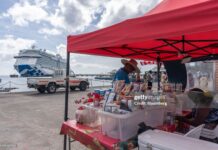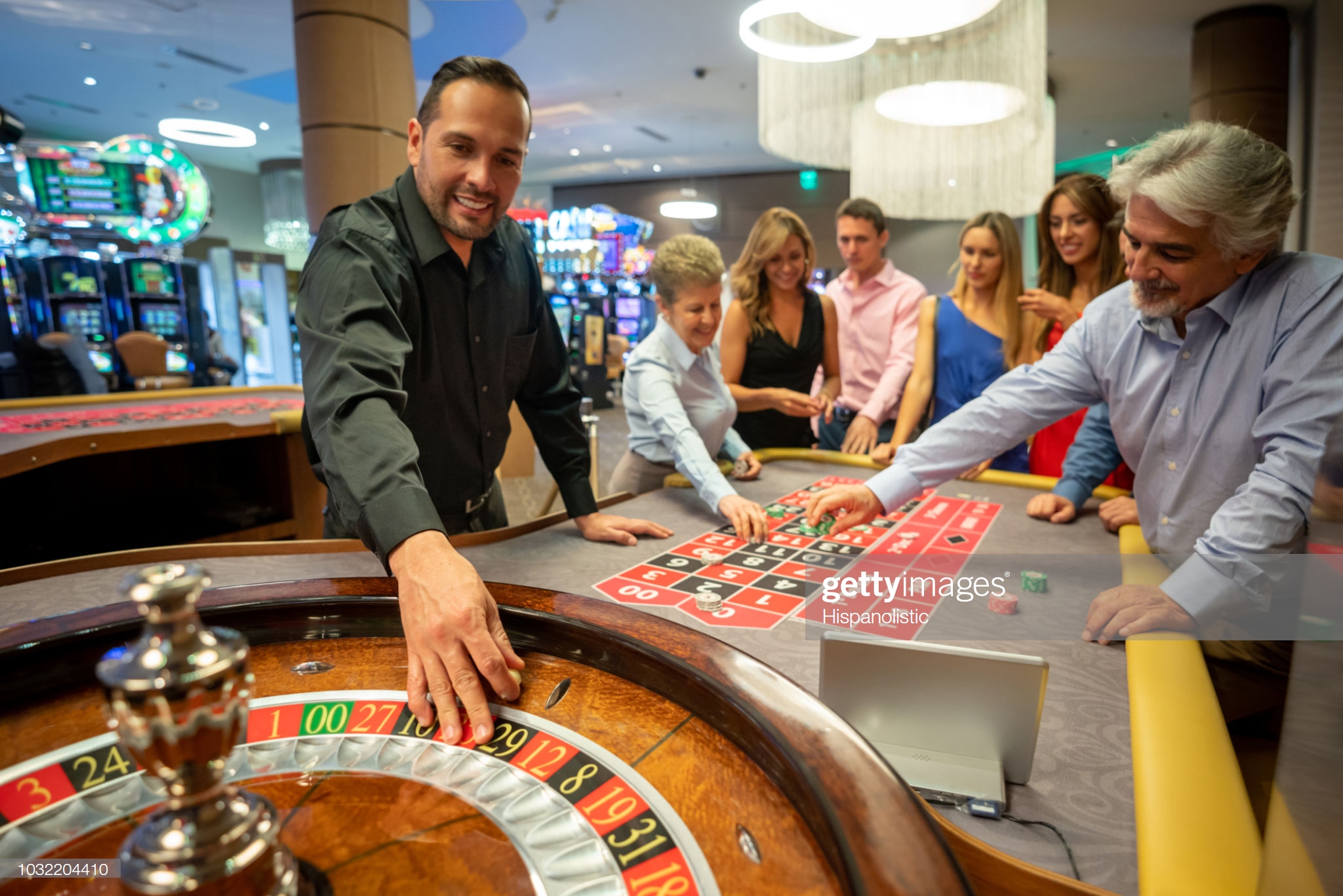News Americas, NEW YORK, NY, Weds. May 4, 2022: Latin America and Australia have similarities in the way they treat gambling, such as the legalization of lottery games and casino gambling. Even the gambling history seems to be similar in the two regions. It is no wonder that gambling in Latin America has often been compared to gambling in Australia, and vice versa. So let’s check what makes playing in an online casino for real money in NZ and LA similar and if there are any differences at all.
Gambling History
Lotteries have been legalized in Latin America and Australia. In 1951, “Lotería Nacional” (National Lottery) was legalized, and this is how the gambling journey started. Lotteries were legalized in Argentina (in 1965), Uruguay (in 1972), Paraguay (in 1992), Brazil (in 1991), Peru (in 1993), Mexico (in 1998), Chile (in 2003), Bolivia (in 2006), El Salvador (in 2006), and Colombia (in 2008).
The main reason behind the gambling legislation status is that lottery games are an important source of income for countries. The first country to take the lottery industry seriously was Argentina. It is still the largest producer of lottery games in the world. The lottery industry has grown tremendously in the country, with a total lottery market of $25.5 billion in 2009. Lottery games in Latin America are extremely popular. There are games like Mega Millions, Powerball, Jackpot, Brazil Lotto, Bolson Lotto, and many more. In 2006, there were 30,000 ticket vendors for the Mega Millions game in Argentina alone.
Gambling is still not as strictly regulated in Latin America as the way it is in Australia. To be more precise, gambling is completely unregulated in Argentina, Chile, Uruguay, and Bolivia. When it comes to Australia, the country took the step of regulating it in 1999. Today, the industry is completely regulated in Australia and controlled by the Australian Gambling Commission. However, that doesn’t mean that you cannot gamble in the state. If you find a trusted visa online casino, then you can safely gamble online.
In the 1990s, the Latin American gambling industry grew rapidly, mostly through the expansion of the casino sector, which had begun to take off in the 1960s and 1970s in the region. There has been substantial investment from major gambling companies in both Australia and Latin America. In 2017, the Global Gaming Factory Report, an independent market research firm, found that over the period 2016–2017, $14.3 billion in investment was spent on Latin American casino resorts alone. As of 2017, the industry in Latin America is estimated to be worth over $200 billion. In 2016, the International Gaming and Wagering Terminals Association (IGWTA) estimated that the gambling industry in Latin America had “a size of $205.6 billion and represents 5% of the global gambling market.”
During the 1980s and early 1990s, the online gambling industry in both countries experienced massive growth. Between 2000 and 2010, there was significant growth in the online gambling industry in Latin America. Since then, the industry has taken on a different role, with online gambling slowly supplanting physical gambling.
As of 2015, this industry in Australia is estimated to be worth over $1.6 billion, with online gambling making up about 13% of this. However, during the same time period, the industry in Latin America is estimated to be worth over $13 billion, with online gambling making up only 6.2% of this. In 2012, there were an estimated 15,000 to 16,000 online gambling sites in the region.
In 1999, a year before the launch of the Melbourne Racing Club in the state of Victoria, there were only five gambling venues in Australia, and there was only a small market for the gambling industry in general. There was a similar situation in Argentina. However, the “gambling explosion” took place shortly after these venues opened. In 2010, the Australian states had a total of 13,500 licensed gambling venues, and in 2009, there were 895,000 Australians involved in gambling.
In 2015, Latin American gambling industry companies included five major international gaming corporations (Crown Resorts, Genting Casinos, Las Vegas Sands Corporation, MGM Resorts International, and William Hill), along with five local or regional companies (América Móvil, Australand, Club América de Casino de Santiago, Emperador, and the Casinos de París, the largest conglomerate in Paraguay). These now control approximately 60% of the market share in Argentina and 75% in Brazil.
In 2015, Australand was estimated to be the sixth-largest gambling company in the world, and Australand was the largest gambling company. While in Australia the gambling industry comprises several different sectors, including casinos and bookmaking, in Latin America, the industry is largely focused on gaming and betting.
Market
In 2019, there were 2.2 million active gamblers in Latin America. Of these, Brazil had the largest number of active gamblers, with over 6.3 million, while Mexico had the smallest number of active gamblers at 466,000. The number of active gamblers in other countries was also small. In addition, there were some 575,000 active online gamblers in the region. In 2017, there was over $14.3 billion in investment spent on Latin American casino resorts, and “over $13 billion in online gambling traffic.”
In 2018, it was estimated that the Australian online gambling market grew by about 7% (or $2.6 billion in revenue). This seems to be a constant trend since the number of those who gamble is still increasing. The only difference is that modern gamblers are now selective in the online gambling sites that they choose. And most of them give preference to trusted casinos, such as ones featured in OnlineCasinoGo ratings and top lists.










